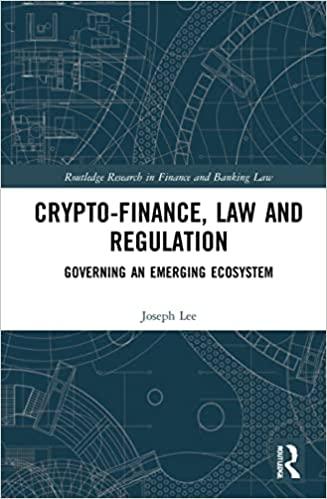Answered step by step
Verified Expert Solution
Question
1 Approved Answer
4. Suppose that an investor has $40 invested in the active fund and $60 in cash (measured in thousands, say). What investments in the passive
4. Suppose that an investor has $40 invested in the active fund and $60 in cash (measured in thousands, say). What investments in the passive fund, the hedge fund, and cash (i.e., the riskfree asset) would yield the same market exposure, same alpha, same volatility, and same exposure to t ? As a result, what is the fair management fee for the hedge fund in the sense that it would make the investor indifferent between the two allocations (assume that the hedge fund charges a zero performance fee)?

Step by Step Solution
There are 3 Steps involved in it
Step: 1

Get Instant Access to Expert-Tailored Solutions
See step-by-step solutions with expert insights and AI powered tools for academic success
Step: 2

Step: 3

Ace Your Homework with AI
Get the answers you need in no time with our AI-driven, step-by-step assistance
Get Started


